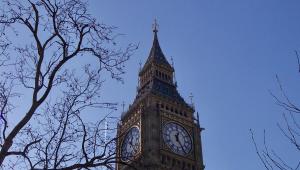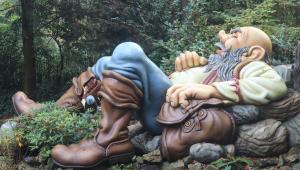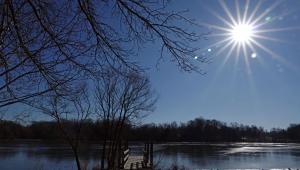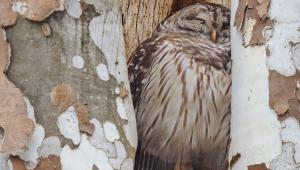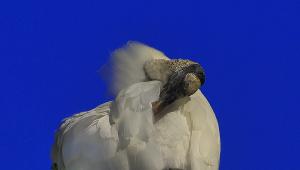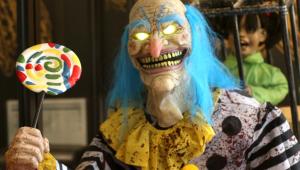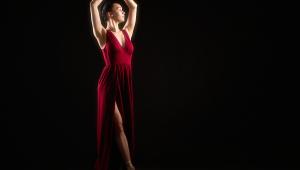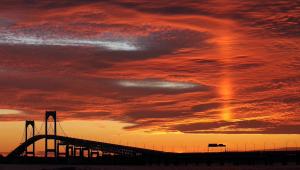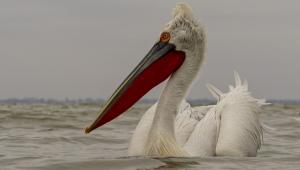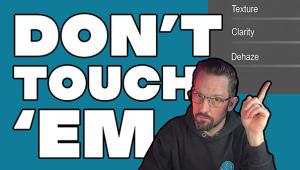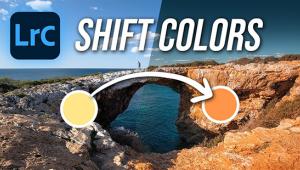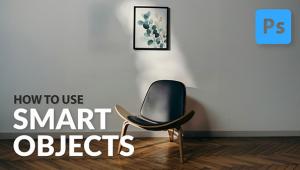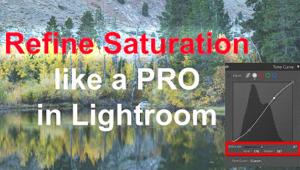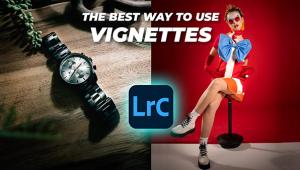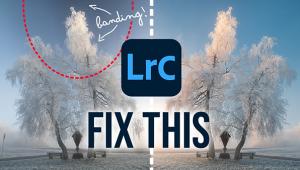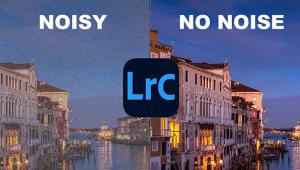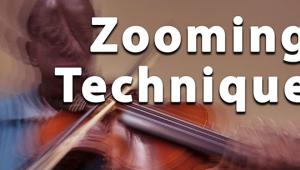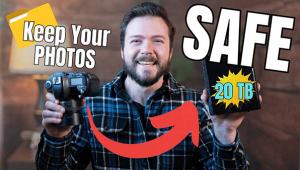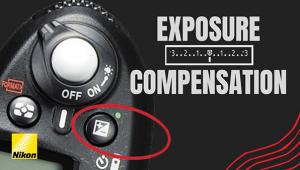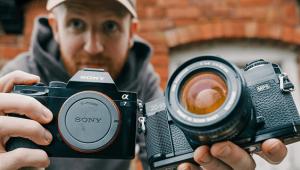Digital Innovations Speed Photographers’ Workflow; Not Your Grandpa’s Ordering System
I'm going to take you on a trip to the not so long ago past, maybe about the year 2000 BD (Before Digital). Let's watch a photographer from Snap Studio go about his wedding order. First he shoots the job on two cameras, the "big" medium format camera for color and the little 35mm camera for his artsy black and white shots. He's careful to number his rolls in order so when he gets the job back, the proofs are lined up properly. He puts the color shots in one box, the black and white in another, and hands them over to the bride with some order forms. About six months later, after the proofs have traveled to Texas, California, and Idaho so all the parents can see them, she heads back into the studio clutching several slips of paper and two boxes of beat-up prints, ready to place her order.
 |
|
|
After about two hours of trying to figure out what everyone wants, the bride leaves, the photographer scoops up all the prints and orders, and now goes about the Herculean task of assembling the order. Once he's got all the prints he needs written down, he must pull out the negatives and go through the arduous task of masking them all, great fun when you've got three images to order on the same four-up strip of 35mm film, writing the info on each mask and glassine and assembling it all together to ship to the lab. When they come back in, he lines everything up, numbers all the prints, and then goes about sorting them all to see who gets what and putting the album prints in order to send to the album company or putting together himself. At about this time, he's ready for a shot of Jack to help pull him through this ordeal. ARRRRGGHH!
 |
|
|
Fast forward to the present. Reading that scenario makes me wonder A) how
we did weddings for so many years, and B) why I'm not an alcoholic. Let's
see how things work today. I'm first going to use my workflow that I follow
using my color lab LustreColor (www.lustrecolor.com),
because that's the one I'm most familiar with and many pro labs
have similar systems. Then we'll look at some other options, all designed
to speed up workflow and free the photographer to devote his time to more productive
projects, like marketing and actually taking photos! The objective is to obtain
quality printed images as quickly and easily as possible.
OK, my wedding workflow first. I'm using weddings since they are the most
time-consuming type of work most photographers do, so that's where we'll
be looking at saving the most time, but we also use close to the same system
when ordering portraits. Let's go.
 |
|
|
First, shoot the wedding! I shoot JPEG files, so I don't need to go
through the post-processing raw involves. I simply edit the files and either
FTP them or send them via CD to my lab. If I used a second photographer, we
simply make sure we synchronize our camera clocks. After I edit the files, I
put them together in one folder and use Photoshop to line them up in order using
the "date modified" tool. Then they're renumbered and automatically
are in order. Simple.
Once my lab has them, they load the high-resolution files into their computers,
make the Magazine Proof book I've ordered, and make a low-resolution CD
that they return to me to use for ordering. When the orders come in, I simply
pop the CD into my drive, use the free Lab Link Plus software designed by my
lab, drag each image into the order window, and crop it. Once the order is finished,
I review it and send it via the Internet to LustreColor. The small files are
used for cropping instructions; images are printed from the full-resolution
files stored at the lab. Notice I've not mentioned color correction, since
those duties are also performed by the lab.
 |
|
|
- Log in or register to post comments
